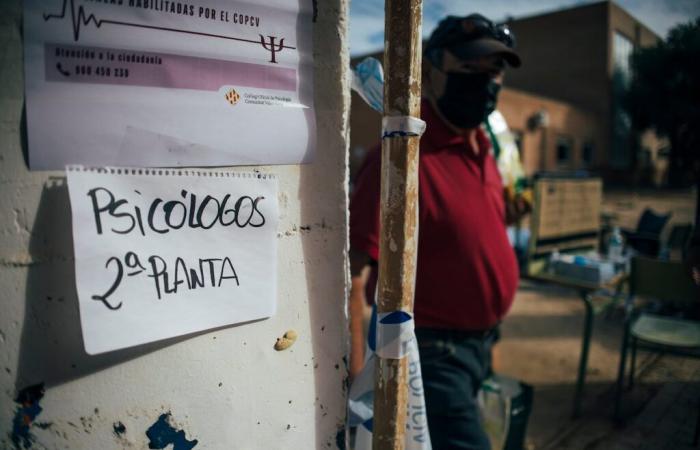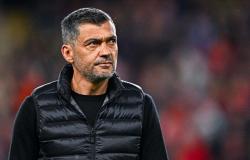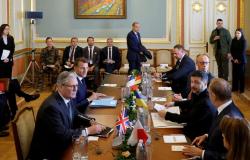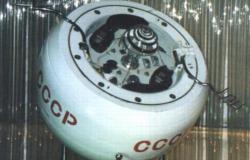
“The final balance is positive, within misfortune.” The quote, resounding and sober, is by Elvira Garrido-Lesticho, the head of the largest operation of identification of fatalities in Spain so far from the century. Not even 11M left a greater number of bodies to identify. The Dana on October 29 devastated 78 municipalities, mostly in the province of Valencia, and left 224 confirmed fatalities and three missing.
Even shocked, and a little over a month for their retirement, the director of the Institute of Legal Medicine of Valencia (IMLV) clarifies that “the service provided to family members, giving their loved ones identified in record time, was a very rewarding work that cushions everything we have lived”.
The head of this body has shared its experience in a day organized by the Basque Institute of Legal Medicine (IVML), its equivalent in Euskadi, and held at the Bilbao Medical College last Monday. More than a hundred professionals attended the meeting, including commanders and inspectors of the Civil Guard and the national Police, who also participated in emergency work.
The main challenge, the leader recalls, was to act in a situation whose scope was completely unknown. “From the medical-formal point of view, we show that we are a national body, even if we are transferred or not,” he says. “Having had a coordinator for events with multiple victims was decisive, at least for me,” reveals this Madrid with 40 years of professional experience.
Garrido-lestalle refers to the figure responsible for large IMLV catastrophes. “I had all the documentation prepared, I knew how to establish the uprisings and was recognized by all the staff as head in this type of situation. In fact, it had been forming us through drills,” he says.
The “great rest” of the director is called Alfonso Colorado. This forensic doctor came to the position “by chance”, after “in contact with the scope of catastrophes.” His work during the following days was, mainly, to direct the corpse uprising strategy along with the leadership of the service leaders. “The most difficult thing to manage, at first, was uncertainty, like false rumors about fatal victims in that Bonaire garage. It was an awkward situation because we did not know if our forecasts were going to be enough,” he acknowledges.
Survey equipment
In the early hours, Colorado distributed the team in different functional areas. “The shifts were divided to ensure that there were personnel available in all time slots, even during the night,” he explains in an interview for the country, after his intervention in the event.
-“Our uprising team composed of 57 people was the first to mobilize, since the bodies were still in the site of the incident.” As the bodies arrived at the IMLV facilities, the other groups were activated: autopsy personnel, who carry out medical-legal studies; Data collection before deathresponsible for interviewing the families of missing persons; of Identification and registration, responsible for managing all documentation and data crossing; and attention to families. “Everything was organized in shifts to ensure that all areas were covered during the 24 hours,” says this professional who began to exercise in 2007.
The most delicate part of this whole process occurred in the identification of the bodies. Each body was marked from the first moment with a unique numerical code. It is a job in which, more if possible, there can be no errors. “Incorrect identification would not only affect a family, but could question the entire system,” he warns. When crossing the data before death With those of the lifting and the information post mortem —The obtained, mainly, in the autopsy -, if there is the slightest doubt, the case is not closed. “Each identification is validated thoroughly,” he emphasizes.
Recognized failures
Despite the general recognition of the device, its professionals point to improveable aspects. Garrido-Lastuche reproaches the existence of two offices before deathwhich forced avoidable displacements of the relatives of the victims. If there are no changes, “this situation will be repeated in similar situations in any part of Spain where the Civil Guard, the National Police or other police force acts, such as Ertzaintza in the Basque Country,” he warns.
It would also have “facilitated things much” a similar procedure in the judicial field. “We miss a single organ, instead of the ten judges or magistrates who each carried out their file.” On the other hand, today everything is centralized in the Court of Instruction number 3 of Catarroja.
On the internal level, “share the same location with the National Institute of Toxicology would have allowed better coordination with DNA samples.” And he admits something that surprised them: “It was the UME who detected the psychological involvement in my classmates, especially in the custody room and delivery of corpses. We did not have contemplated the psychological assistance to the IMLV staff, perhaps because we had never lived an event of this magnitude.” From there, the Psychology Service of the Generalitat Valenciana was activated.
The director of the institute avoids making political criticism. “I am a technique, I only look at doors in the doors,” he argues, but adds: “I had unconditional support from both the Valencian government and the Spanish government. The only thing that affected us was the pressure and demand for data.”
In this sense, he recalls that, at first, different information between the press, the central government and its body were disseminated. “Thanks to the director of the press cabinet of the Superior Court of Justice, which followed what was contemplated in the protocol of large catastrophes, it was established that only official data would be given at eight in the morning. If there were data for other channels, they were not official.” A success, in his opinion.





